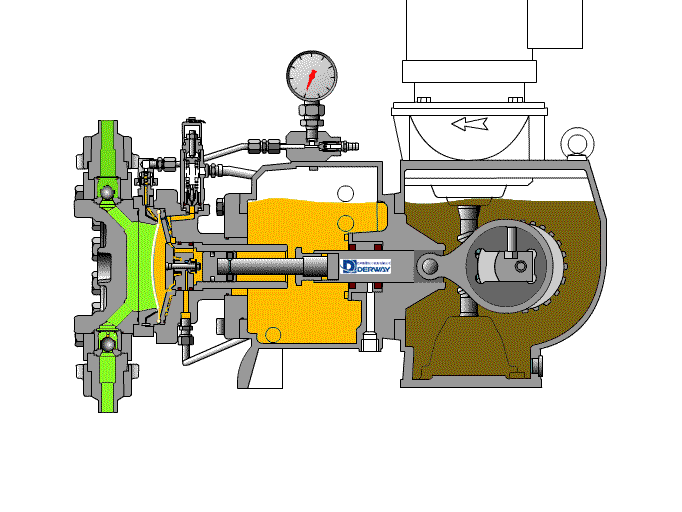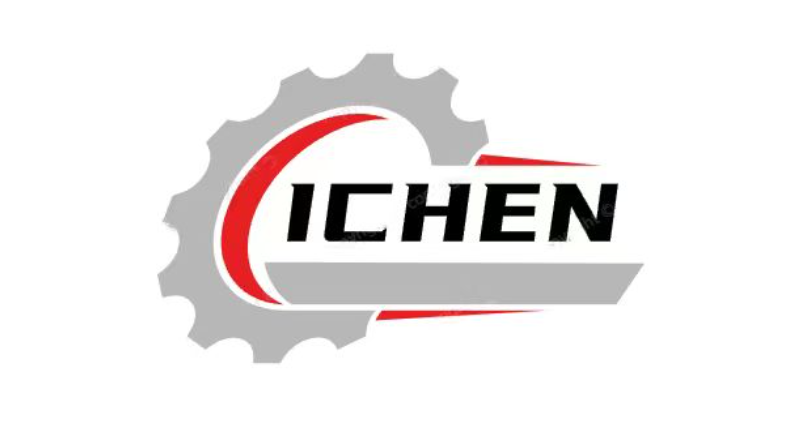
Hydraulic pump is a hydraulic component that provides pressurized liquid for hydraulic transmission, and is a type of pump. Its function is to convert the mechanical energy of power machines (such as electric motors and internal combustion engines) into the pressure energy of liquids. The figure shows the working principle of a single plunger pump. The cam is driven by an electric motor to rotate. When the cam pushes the plunger upward, the sealing volume formed by the plunger and the cylinder body decreases, and the oil is squeezed out of the sealing volume and discharged to the desired place through the one-way valve. When the cam rotates to the falling part of the curve, the spring forces the plunger downwards, forming a certain degree of vacuum, and the oil in the tank enters the sealed volume under the action of atmospheric pressure. The cam continuously raises and lowers the plunger, periodically reducing and increasing the sealing volume, and the pump continuously sucks and discharges oil.






